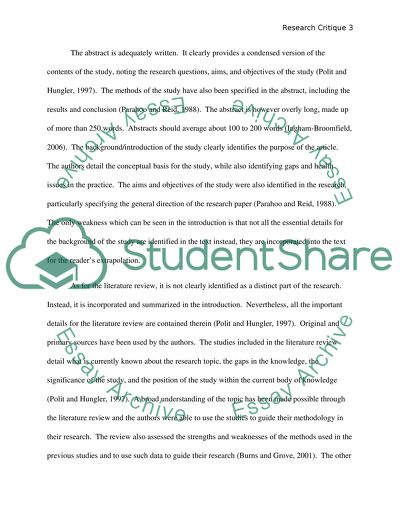Cite this document
(“Research Critique Essay Example | Topics and Well Written Essays - 1250 words”, n.d.)
Research Critique Essay Example | Topics and Well Written Essays - 1250 words. Retrieved from https://studentshare.org/nursing/1440697-research-critique
Research Critique Essay Example | Topics and Well Written Essays - 1250 words. Retrieved from https://studentshare.org/nursing/1440697-research-critique
(Research Critique Essay Example | Topics and Well Written Essays - 1250 Words)
Research Critique Essay Example | Topics and Well Written Essays - 1250 Words. https://studentshare.org/nursing/1440697-research-critique.
Research Critique Essay Example | Topics and Well Written Essays - 1250 Words. https://studentshare.org/nursing/1440697-research-critique.
“Research Critique Essay Example | Topics and Well Written Essays - 1250 Words”, n.d. https://studentshare.org/nursing/1440697-research-critique.


